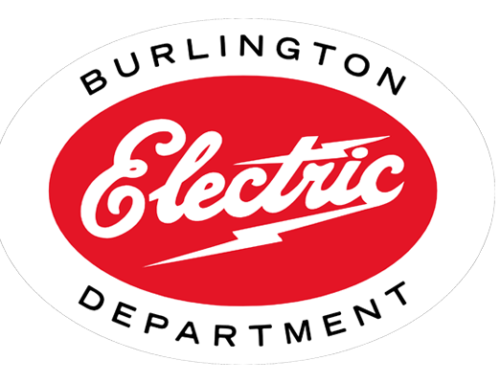The focus of this project has been the following: 1) microgrid site consideration; 2) general techno-economic evaluation of hydrokinetic (HK)/solar, PV/BESS hybrid energy systems; 3) multi-stage site down-select process; and 4) site-specific hybrid asset optimization analysis. The result of this work is the decision to pursue two sites with different economic and risk characteristics – North Unit Irrigation District (NUID), Bend, OR and Recreation District, Princeton, CA.
The Rec District site is characterized by low-intensity water flow (and low HK power), medium to high solar resources, adjacent loads to support the irrigation district (ID), and high electricity rates consistent with the Pacific Gas & Electric (PG&E) utility rate schedule.
The NUID is characterized by medium to high-intensity water flow, medium to high solar resources, low-power adjacent loads, and low electricity rates consistent with the Pacific Northwest. The NUID is a Bureau of Reclamation (federal) owned canal, thus necessitating a Lease of Power Privilege (LOPP) application process. A LOPP is a contractual right given to a non-federal entity to use a Bureau of Reclamation project facilities.
ProsumerGrid’s “Local Energy System Design” module is used to digest the technoeconomic inputs, such as HKT and solar PV generation profiles, as well as on-site load and local electric tariffs. The optimization module minimizes the total cost of ownership for the entire energy system by optimizing the capacity of HKTs, Solar PV, and battery storage. This optimal sizing design is based on optimal dispatch of energy storage that can reduce the time-of-use energy and demand charges for the microgrid. The results show payback periods of less than 5 years under a wide range of scenarios.







